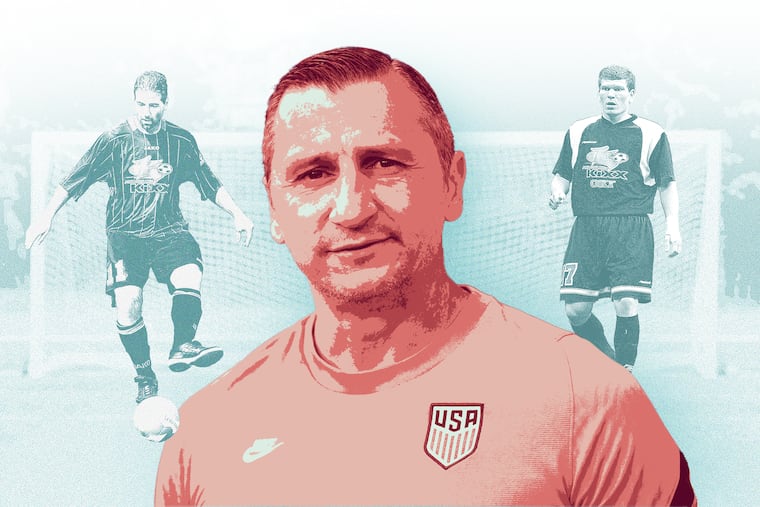Before the Union, the Kixx were Philly’s soccer team, and U.S. manager Vlatko Andonovski played for them
The turf was shoddy, but the soccer was serious, and the Kixx, who won two league titles, made the Spectrum a tough place to play. And Andonovski spent his last season with the team.
